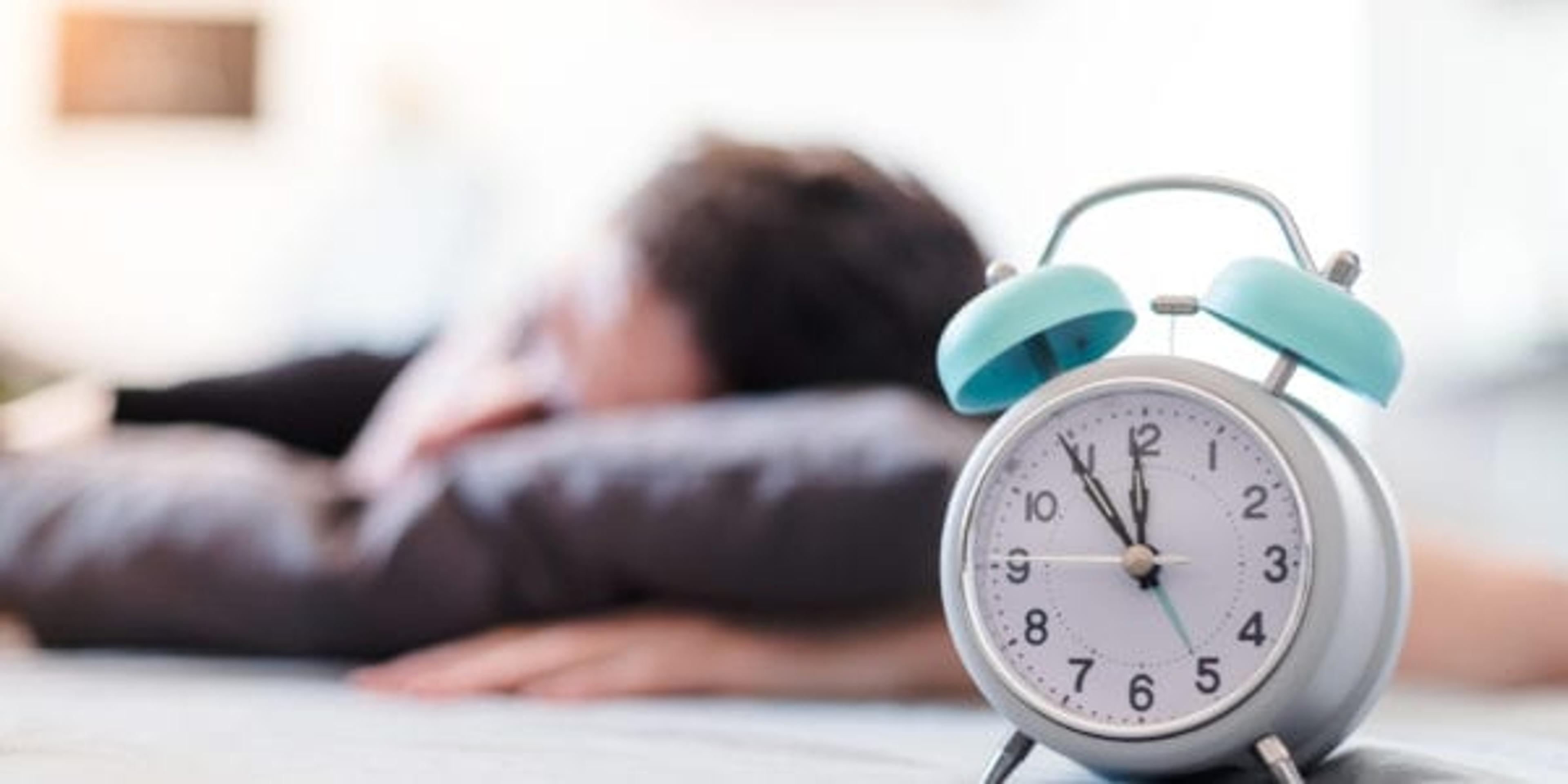Preventing the Next Stroke
Guest Blogger
| 5 min read

Jeanette was 46 when she was permanently disabled by a stroke. While blow drying her hair, she suddenly developed weakness in the left side of her face, arm and leg. Six weeks later, Jeanette was still unable to use or recognize her left arm. Herman was 80 when he had a stroke. After a routine day of canning vegetables, he sat down to watch the baseball game and abruptly became unable to speak. Two months later, Herman still spoke a confusing mix of random words and phrases.
If you don’t know a stroke survivor, there’s a good chance that you will. Every year, 750,000 Americans suffer a stroke and 150,000 die from stroke. Americans are having strokes at younger ages. Strokes in middle-aged and even younger adults have surged, possibly due to the epidemics of obesity and diabetes. There are more hospitalizations annually for stroke than for heart attack among Americans aged 65 or older.
Detroit is Michigan’s epicenter for stroke. According to 2008-2010 data from the Michigan Behavioral Risk Factor Survey, 4.7 percent of adults aged 18 years or older in Detroit have had a stroke (a 70 percent higher rate than Wayne County and the state average of 2.8 percent). These regional disparities are likely to continue, or worsen, because Detroit adults have much higher rates of risk factors for stroke such as high blood pressure (20 percent higher), diabetes (40 percent higher), smoking (25 percent higher), and obesity (25 percent higher), than those in Wayne County and the state.
African-Americans are far more likely to have stroke and stroke risk factors than Caucasians. In Michigan, African-Americans have a 75 percent higher rate of stroke compared to Caucasians. Statewide, African-Americans have higher rates of diabetes (14 percent vs. 8 percent), obesity (42 percent vs. 29 percent), and no physical activity (31 percent vs. 22 percent) than Caucasians. Nationally, high blood pressure is significantly more common in stroke survivors who are black (87 percent) or Hispanic (76 percent) than non-Hispanic whites (71 percent).
A first stroke is devastating. A second stroke is even worse. Second strokes are more deadly, more disabling, and more expensive than first strokes. The risk of having a second stroke is between 4 to 15 percent per year.
You can help lower your risk for a second stroke. First, get tested for your stroke risk. In addition to testing for high blood pressure, the most important stroke risk factor, several other tests for stroke causes are recommended.
Key Stroke Tests
Diabetes screening. Blood tests diagnose diabetes.
Heart monitor for atrial fibrillation. Atrial fibrillation is a particular heart arrhythmia that frequently causes stroke, particularly in older adults. Tiny blood clots form in the heart and can travel to the brain blocking an artery and causing a stroke. A heart monitor worn for 21-30 days can detect this arrhythmia.
Test for carotid artery stenosis. A blockage in the carotid artery can cause a stroke because it delivers blood to the front half of the brain. An ultrasound, CAT scan, or MRI can detect a blockage of the carotid artery.
Echocardiogram. An echocardiogram or heart ultrasound can detect large blood clots in the heart or heart valve problems that can cause stroke.
Depression screening. Depression is a risk factor for stroke and a consequence of stroke. Up to 30% of stroke survivors develop depression. Treating depression can improve recovery after stroke.
The good news is that up to 80 percent of second strokes can be prevented by following simple strategies. The bad news is that many stroke survivors do not have their risk factors well controlled.
Strategies to Prevent Second Stroke
Aspirin or other platelet drugs. Taking aspirin or similar drug reduces risk of stroke by 15 percent.
Blood pressure medicine. Lowering your blood pressure can reduce your risk of stroke by 25-40 percent.
Statin. Taking a cholesterol medicine called a statin reduces risk of stroke by 15 percent.
Smoking cessation. Quitting smoking reduces risk of stroke by 33%.
Anticoagulation for atrial fibrillation. Taking powerful blood thinners like warfarin reduces risk of stroke by 65% compared to aspirin (15%).
Carotid endarterectomy or stenting. If a severe blockage of the carotid artery (≥70-99%) is present, surgery should be performed sooner rather than later. Reduces stroke risk by 65%.
More than half of treated stroke survivors have poorly controlled high blood pressure, which is a major risk factor for second stroke, heart attack, and cardiovascular death. Better blood pressure control is needed in all stroke survivors.
Stroke survivors can engage in healthy behaviors to reduce their stroke risk.
Healthy Behaviors after Stroke
It is important for stroke survivors to choose healthy behaviors.
- Exercise regularly as your physical limitations allow.
- Eat a Mediterranean diet supplemented with extra-virgin olive oil or nuts.
- Stop smoking, stop using cocaine, and avoid heavy alcohol use.
- Follow closely with your doctor. Stroke survivors should see their primary care doctor frequently until their risk factors are under control.
- Take your medicines every single day. If you cannot afford your medicine, call your doctor immediately. Many medicines to prevent stroke are available for $4 per month at retail stores and pharmacies. If a medicine does not agree with you, call your doctor immediately.
Stroke survivors and their families need to take an active role in reducing the risk of a second stroke. Following these steps can cut your risk of having another stroke. Print this out and bring it to your next doctor’s appointment. Talking to your doctor is the first step in managing your health.
Photo credit: Pete
Deborah A. Levine, MD, MPH, the University of Michigan and VA Ann Arbor Health Systems. Dr. Deborah Levine is a practicing general internist and researcher focused on the prevention and care of stroke in adults. Dr. Levine founded the University of Michigan General Medicine Poststroke Clinic, a weekly clinic that aims to improve the care of stroke survivors by addressing the transition from hospital to home, controlling risk factors, and identifying barriers to care such as treatment adherence and cognitive impairment. Dr. Levine is a nationally recognized expert in secondary stroke prevention and medication adherence and served as a consultant on secondary stroke prevention for the Joint Commission’s Speak Up About Stroke campaign.





